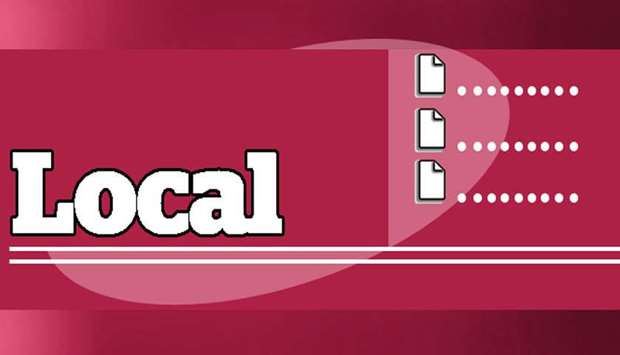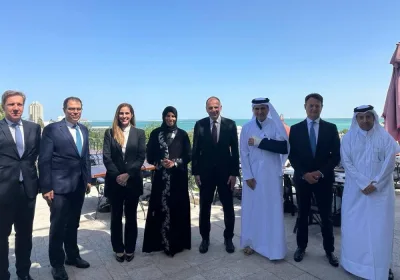S&P Global Ratings has revised its outlook on Qatar to ‘stable’ from ‘negative’ on the strength of the country’s macroeconomic resilience. The premier ratings agency also affirmed Qatar’s sovereign credit ratings at ‘AA-/A-1+’.
In its overview released yesterday, S&P said Qatar has “effectively managed” the ongoing blockade’s impact on diplomatic ties and trade and transport links.
“We expect economic growth to accelerate and external accounts to remain in surplus from 2018-2021, except in the event of larger declines in oil prices,” S&P said.
The stable outlook primarily reflects S&P’s view that Qatar will continue to effectively mitigate the economic and financial fallout of the blockade imposed on the country in June 2017 by Saudi Arabia, the UAE, Bahrain and Egypt and that Qatar will continue to pursue prudent macroeconomic policies that support large recurrent fiscal and external surpluses over 2018-2021.
“We could consider raising the ratings if Qatar’s political institutions were to develop to levels similar to those of its non-regional peers, alongside a marked increase in transparency, providing greater clarity on the Qatari government’s external assets,” S&P said.
S&P believes that the Qatari authorities have “sufficient resources to continue to successfully manage” the blockade fallout.
The government has taken measures to ease the economic and financial impact, and S&P now expects larger budgetary and external surpluses at the end of 2018 than in our last review. “We project Qatar will continue to operate surpluses in external accounts over our 2018-2021 rating horizon, on the back of oil prices above $51 a barrel,” according to the review.
As a response to the blockade, Qatar has opened new trade routes and relationships to support its high dependence on imports (estimated 35% of GDP).
Another early effect of the blockade was the “outflow of external financing” for Qatari banks, primarily non-resident deposits and inter-bank placements, which S&P noted were “offset by liquidity injections” from the Qatar Central Bank and repatriation into the domestic banking sector of about $40bn in public sector, mostly the Qatar Investment Authority assets previously held abroad.
“We do not expect the banks to need additional government support, and non-resident deposits have gradually returned to the banking system,” S&P said.
Despite these temporary blockade-related setbacks, Qatar’s external balance sheet remains strong, with liquid external assets continuing to offset the country’s stock of external debt by a sizeable margin.
“We forecast that Qatar’s net creditor position will increase by an average of 5% of GDP per year across our rating horizon,” S&P said.

local



